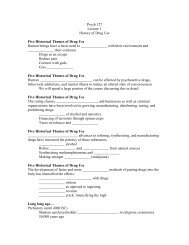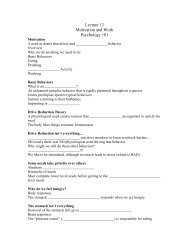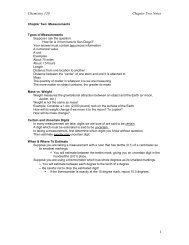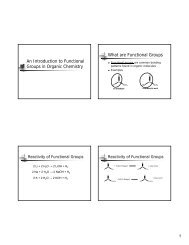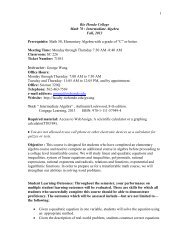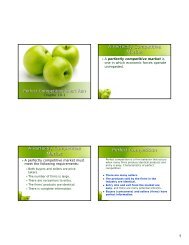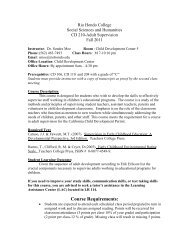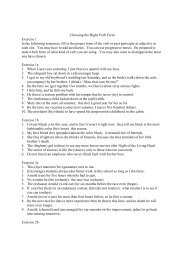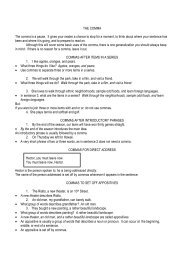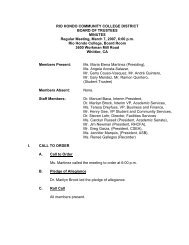Green Building and LEED Core Concepts Guide First Edition
Green Building and LEED Core Concepts Guide First Edition
Green Building and LEED Core Concepts Guide First Edition
You also want an ePaper? Increase the reach of your titles
YUMPU automatically turns print PDFs into web optimized ePapers that Google loves.
System aims to improve occupant well-being, environmental performance, <strong>and</strong> economic returns<br />
using established <strong>and</strong> innovative practices, st<strong>and</strong>ards, <strong>and</strong> technologies. as a design guideline <strong>and</strong><br />
third-parrycenification tool, the <strong>LEED</strong> <strong>Green</strong> <strong>Building</strong> Rating System aims to improve occupant<br />
well-being, environmental performance, <strong>and</strong> economic returns using established <strong>and</strong> innovative<br />
practices, st<strong>and</strong>ards, <strong>and</strong> technologies.<br />
lEED intent the primary goal of each prerequisiteoreredit.<br />
lEED prerequisite a required <strong>LEED</strong> <strong>Green</strong> <strong>Building</strong> RatingSystemT~ eomponentwhose<br />
achievement is m<strong>and</strong>atory <strong>and</strong> does not earn any points.<br />
lEED technical advisory group (TAG) acommittecconsistingofindustryexpertswho<br />
assist in interpreting credits <strong>and</strong> developing technical improvements to the <strong>LEED</strong> <strong>Green</strong> <strong>Building</strong><br />
RatingSystemT~.<br />
I ife-cyc Ie assessment an analysis of the environmental aspects <strong>and</strong> potential impacts<br />
associated \vith a product, process, or service.<br />
market transformation systematic improvements in the performance of a market or market<br />
segment. Forexample. EPA's ENERGY STAR program has shifted the performance of homes,<br />
buildings, <strong>and</strong> appliances toward higher levels of energy efficiency by providing recognition <strong>and</strong><br />
comparative performance information through its ENERGY STAR labels.<br />
native (or i!1digenous) plants plants adapted to a given area during a defined time period. In<br />
North America, the term often refers to plants growing in a region prior to the time of settlement<br />
by people of European descent. Native plants are considered low maintenance <strong>and</strong> nOt invasive.<br />
non potable water. Sec potable water.<br />
nonrenewable not capable of being replaced; permanently depleted once used. Examples of<br />
nonrenewable energy sources are oil <strong>and</strong> natural gas; nonrenewable natural resources include<br />
metallic ores.<br />
off~gassi ng the emission of volatile organic compounds from synthetic <strong>and</strong> natural products.<br />
particulates solid particles or liquid droplets in the atmosphere. The chemical composition<br />
of particulates varies, depending on location <strong>and</strong> time of year. Sources include dust. emissions<br />
from industrial processes, combustion products from the burning of wood <strong>and</strong> coal, combustion<br />
products associated \vim motor vehicle or nonroad engine exhausts, <strong>and</strong> reactions to gases in the<br />
atmosphere. (EPA)<br />
perviousness the percentage of the surface area of a paving material that is open <strong>and</strong> allows<br />
moisture to pass through the material <strong>and</strong> soak into the ground below.<br />
photoYoltaic (PV) energy electricity from photovoltaic cells that convert the energy in<br />
sunlight into electricity.<br />
Glossary 73




